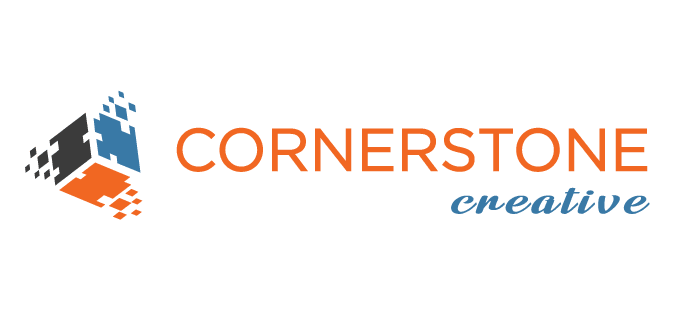Tips For A Good Content Calendar.
Successful content requires planning and time for creation. With 2019 right around the corner, there’s no better time to get started on a content calendar for the upcoming year.
If you’re new to the concept: A content calendar helps you plan ahead and organize topics for blogs, email newsletters and social media. It also gives you a visual representation of your content strategy over time and across platforms.
What should you consider when creating your calendar?
- Goals: If every post is a sales pitch, you’ll lose your audience. Your plan should reflect a balanced mix of content goals such as increased engagement, entertainment and education.
- Past Successes and Failures: Take an objective look at 2018 and determine which campaigns were hits (or misses) with your audience. For example, if a Valentine’s Day promotion worked in 2018, bring it back with a new twist for 2019.
- Company Mission: Connecting your content to your brand’s philosophy helps create a sense of authenticity. After all, many of your clients follow you because they share those same ideals and beliefs.
- Timeliness: In addition to planning around key company dates, such as product launches and events, you should also keep topical dates and well-known holidays in mind. Whether it’s Halloween or Cyber Monday, you don’t want to be caught out of step with your audience — or the competition.
- Repurposed Content: Revisit high-performing topics. Evergreen content can be updated over time, tweaked to suit different platforms or repurposed entirely. For example, an informational blog may also work as a stat-driven infographic.
Create a content calendar in a format that makes sense to you. That could mean making a spreadsheet or using one of the many tools, templates and apps available online. Remember, the goal is to capture broad ideas and turn them into a strategic content plan.





